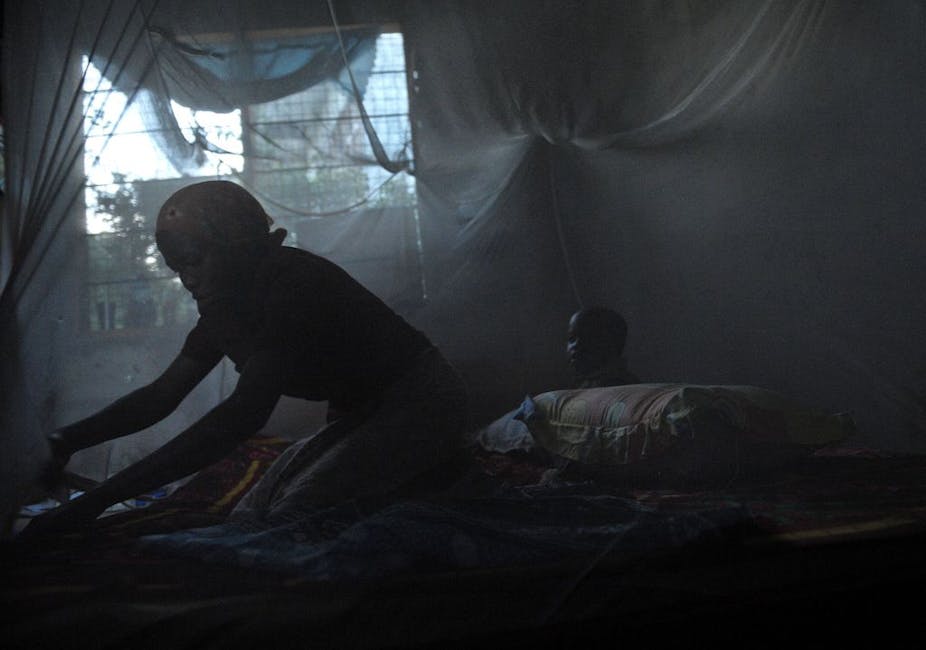Each year antimicrobial resistance – the ability of microbes to survive agents designed to kill them – claims more lives than malaria and HIV/Aids combined. Africa bears the brunt of this development, which thrives on inequality and poverty. Nadine Dreyer asked Tom Nyirenda, a research scientist with over 27 years’ experience in infectious diseases, what health organisations on the continent are doing to fight this threat to medical progress.
What is antimicrobial resistance?
Antimicrobial resistance occurs when bacteria, viruses, fungi and parasites change over time and no longer respond to medicines (including antibiotics). This makes infections harder to treat and increases the risk of disease spread, severe illness and death.
In Africa, drug resistance is already a documented problem for HIV, malaria, tuberculosis (TB), typhoid, cholera, meningitis, gonorrhoea and dysentery.
How big a problem is antimicrobial resistance?
It is one of the top 10 global public health threats, and threatens to undermine years of medical progress.
Read more: Antibiotic resistance: microbiologists turn to new technologies in the hunt for solutions – podcast
Nearly 5 million deaths were associated with antimicrobial resistance in 2019.
The African continent bears the heaviest burden.
The first comprehensive assessment of the global burden of antimicrobial resistance has estimated that in 2019 over 27 deaths per 100,000 were directly attributable to it in Africa. Over 114 deaths per 100,000 were associated with it.
In high-income countries, antimicrobial resistance led directly to 13 deaths per 100,000. It was associated with 56 deaths per 100,000 people.
The study showed that young children were particularly at risk. Half of the deaths in sub-Saharan Africa in 2019 were among children under the age of 5.
How do inequality and poverty come into it?
In many African countries, poverty and inequality propel the likelihood of antimicrobial resistance.
Access to clean running water, proper sanitation and safe water management is a big challenge in many hospitals and clinics in African countries.
And there is often a dire shortage of health workers. Wards are often overcrowded. As a result, infections spread faster. Some of these infections are resistant to antibiotics.
Inappropriate use of antibiotics, inadequate health resources and limited access to the right medicines has also fuelled antibiotic resistance in sub-Saharan Africa.
Substandard and falsified medicines, due to their inferior doses, can allow bacteria to adapt, persist, develop and spread. Studies show that the African continent is affected by such medical products.
Global antibiotic shortages also encourage the use of inferior medicines.
With weak regulation, over-the-counter prescription of antibiotics is highly prevalent in sub-Saharan Africa. The highest rates of over-the-counter antibiotics have been found in Eritrea (up to 89.2%), Ethiopia (up to 87.9%), Nigeria (up to 86.5%) and Tanzania (up to 92.3%). In Zambia up to 100% of pharmacies dispensed antibiotics without a prescription.
Is there any good news?
While tackling antimicrobial resistance on the African continent may be tougher than in other regions, many deaths are preventable.
There have been some encouraging moves to protect health systems and communities against antimicrobial resistance.
The African Union has established the African Union Framework for Antimicrobial Resistance Control. It aims to strengthen research; advocate for policies, laws and good governance; enhance awareness; and engage civil society organisations.
Fighting antimicrobial resistance involves developing new antibiotics and making sure they reach the people who need them. This is what organisations like the Global Antibiotic Research and Development Partnership were created to do. We are seeing encouraging progress for an antibiotic against drug-resistant gonorrhoea, a high priority pathogen.
Six South African sites were involved in the clinical trial.
Measuring and monitoring antimicrobial resistance and antimicrobial use has an essential role. Here too there’s progress. The Mapping AMR and AMU Partnership consortium has recently published 14 new country reports on the situation across Africa.
The European and Developing Countries Clinical Trials Partnership is funding clinical research for medical tools to detect, treat and prevent poverty-related infectious diseases in sub-Saharan Africa. The vital field of neonatal sepsis is included.
It’s crucial to shift attitudes towards antibiotics so that they are used wisely. Organisations such as ReAct Africa and the South Centre have made good progress on this front.
They advocate for responsible use of antibiotics as well as ways to prevent and control bacterial infections.
In Kenya and other African countries, antimicrobial resistance champions raise awareness in schools, universities, clinics and communities.
- A bold move by African countries to establish and expand local manufacturing of medical products requires strict regulation so that it does not fuel drug resistance with sub-standard or fake products.
What does the future hold?
The antimicrobial resistance challenges in African countries are huge. But momentum to counter it is building.
Crucial steps include:
greater investment
expansion of infection, prevention and control programmes, including good clinical prescription practices
improving access to essential antibiotics and diagnostic tools
the development of new antibiotics that can treat infections that are multi-drug resistant.
Read more: Will we still have antibiotics in 50 years? We asked 7 global experts
This article is part of a media partnership between The Conversation Africa and the 2023 Conference on Public Health in Africa. The author acknowledges valuable input from Carol Rufell of the Global Antibiotic Research & Development Partnership Africa.

